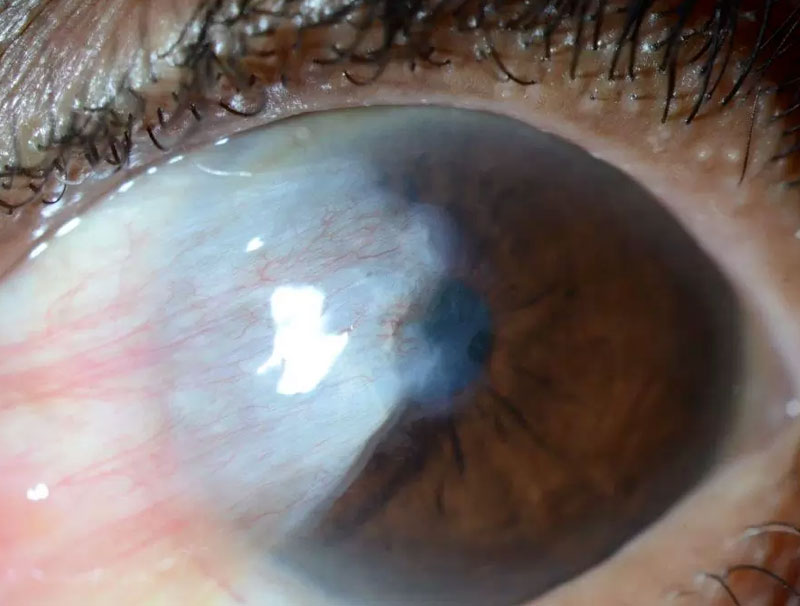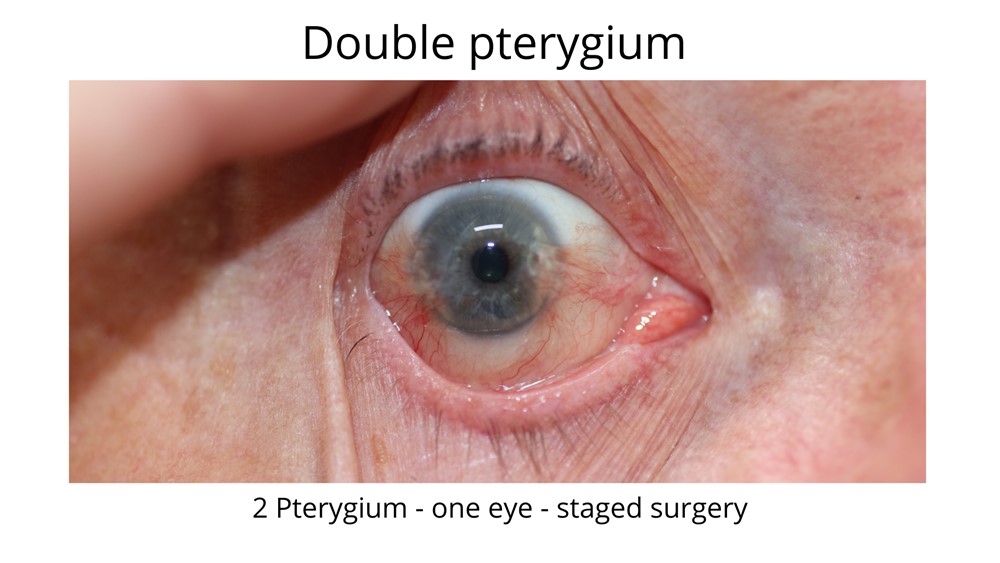Causes, Symptoms, and Effective Treatments
In this comprehensive guide, we delve into the intricacies of pterygium, a common eye condition that affects millions worldwide. We are dedicated to providing you with accurate and up-to-date information about pterygium, its causes, symptoms, and the most effective treatment options available. As a trusted resource for health-related content, we aim to equip you with the knowledge you need to make informed decisions about your eye health.
What is Pterygium?
Pterygium, often referred to as “surfer’s eye,” is a non-cancerous growth that develops on the conjunctiva, the thin membrane covering the white part of the eye (sclera). It usually appears on the side of the eye closer to the nose and may extend towards the cornea, the clear front surface of the eye.

Causes and Risk Factors
Pterygium is primarily caused by prolonged exposure to ultraviolet (UV) light, especially from sunlight. Chronic UV exposure can lead to changes in the conjunctiva’s cells, resulting in the development of a pterygium. Individuals who spend extended periods outdoors, such as outdoor workers or those who engage in outdoor sports, are at a higher risk of developing pterygium.
Other risk factors include:
- Dry and Dusty Environments: People living in areas with high levels of dust and dryness are more susceptible to pterygium.
- Geographic Location: Pterygium is more prevalent in regions closer to the equator due to the increased intensity of UV radiation.
- Genetics: There is evidence to suggest that a family history of pterygium may increase the likelihood of developing the condition.
Symptoms of Pterygium
Pterygium may not always cause noticeable symptoms, but when they do occur, they can be uncomfortable and affect vision. Common symptoms include:
While pterygium can be bothersome, there are effective treatment options available to alleviate symptoms and improve eye health. Treatment approaches depend on the severity of the condition:
- Irritation: The growth can lead to itching, burning, and a foreign body sensation in the eye.
- Redness: The affected area may become red and inflamed.
- Blurred Vision: If the pterygium grows large enough to cover part of the cornea, it can cause blurred vision.
- Dryness: Pterygium can disrupt tear film distribution, leading to dry eye symptoms.
Effective Treatments
- Artificial Tears: Lubricating eye drops can provide relief from dryness and irritation.
- Surgical Removal: If the pterygium is causing significant discomfort or visual disturbances, surgical removal may be recommended. This outpatient procedure involves carefully excising the growth and may be followed by grafting to prevent recurrence.
- Preventive Measures: Wearing sunglasses with UV protection and using artificial tears can help prevent pterygium from worsening.

To sum up, pterygium is a common eye condition that can be triggered by prolonged UV exposure and is characterized by the growth of tissue on the conjunctiva. While pterygium can cause discomfort and affect vision, various treatment options, including surgical removal and preventive measures, can effectively manage the condition. By understanding the causes, symptoms, and treatment strategies associated with pterygium, you can take proactive steps to safeguard your eye health and enjoy clear vision for years to come. For personalized advice and guidance, it’s important to consult with an eye care professional.
Remember, your eye health matters, and staying informed is the first step towards maintaining optimal vision.
More information available at www.oculoplasticsurgery.com.au
To learn more about Dr Anthony Maloof go to www.dranthonymaloof.com.auNeed to book an appointment? Click here


